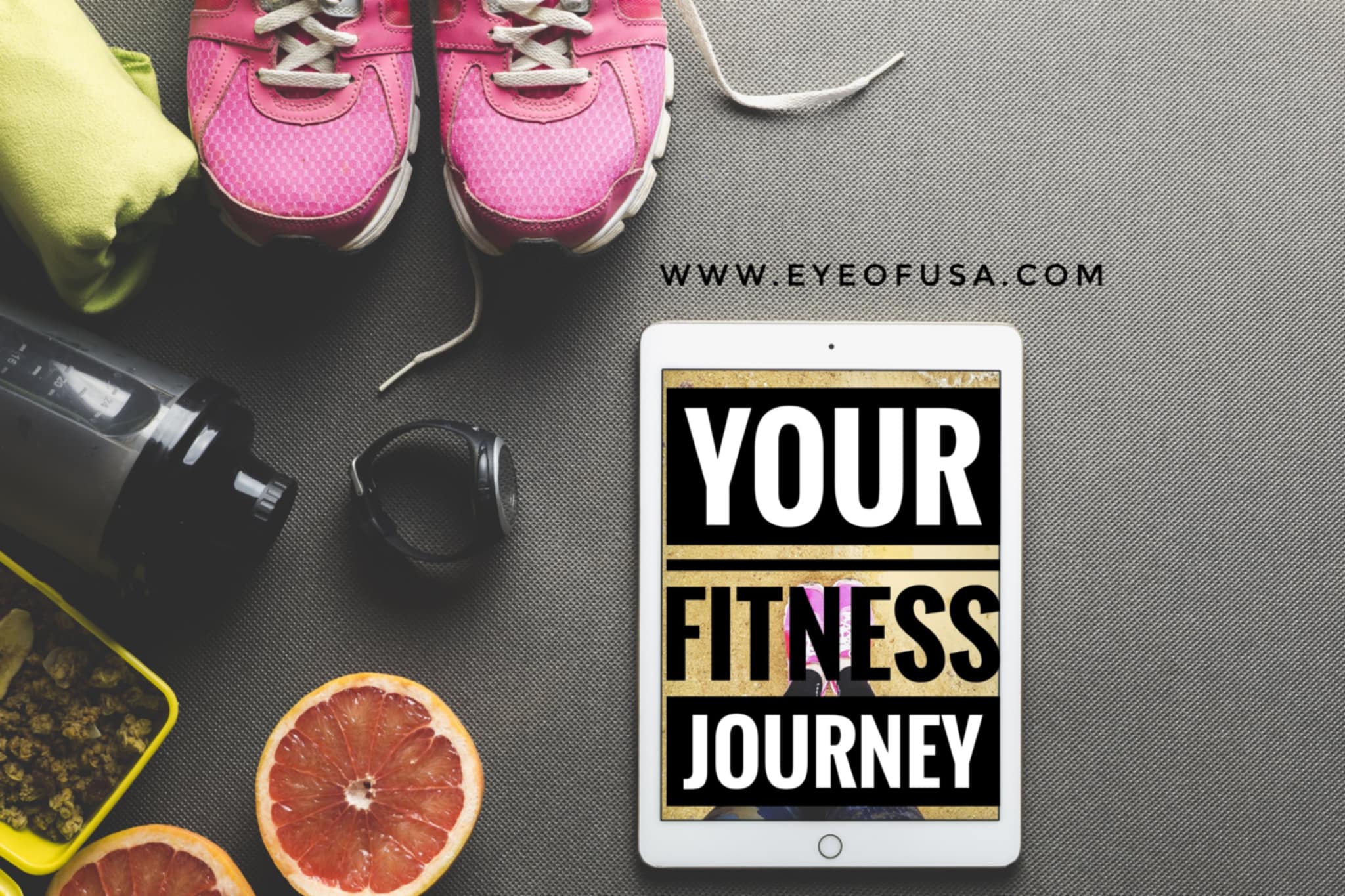30-Day Free Fitness Challenge at Home: The Ultimate Guide
Are you looking for an easy way to kickstart your fitness journey from the comfort of your home? A 30-day free fitness challenge at home could be the perfect solution! Whether you’re a beginner or looking to spice up your routine, this challenge will help you achieve your fitness goals. Let’s dive into everything you need to know to get started.
What is a 30-Day Free Fitness Challenge at Home?
A 30-day free fitness challenge is a program designed to help you improve your physical health in just one month. It’s structured to be simple and easy to follow, with exercises you can do at home—no gym membership required. This challenge typically includes a variety of workouts focusing on endurance, strength, flexibility, and cardio.
The beauty of this challenge is that it’s free, which means you don’t have to spend a penny to start improving your fitness at home!
What Are the Benefits of a 30-Day Fitness Challenge?
- Boosts Motivation and Consistency
A 30-day challenge creates a sense of commitment and helps you stay motivated to work out every day. Having a clear goal and timeline keeps you consistent.
- Improves Physical Health
With daily workouts, you’ll notice improvements in cardiovascular health, muscle tone, and overall fitness levels. Over the course of the month, you’ll feel stronger and more energized.
- Enhances Mental Well-being
Exercise is proven to reduce stress, improve mood, and boost mental clarity. Completing a fitness challenge can elevate your self-esteem and help you feel more confident.
- Cost-Effective
Forget about expensive gym memberships. With just a few basic tools and your body weight, you can complete an effective workout routine from home.
What Do You Need to Get Started with a 30-Day Fitness Challenge?
- Basic Equipment
While you don’t need fancy gym equipment, a few essentials will make your challenge easier and more effective. Consider investing in:
Dumbbells or resistance bands for strength training.
A yoga mat for comfort during floor exercises.
A jump rope or space for cardio workouts.
- A Suitable Workout Space
Create a dedicated space in your home where you can move freely. It doesn’t need to be large—just enough room for exercises like squats, lunges, and jumping jacks.
- Set Realistic Goals
Start by setting small, measurable goals. Whether it’s aiming for a certain number of push-ups or running a specific distance, setting goals will help you stay focused and track your progress.
What Does the Structure of a 30-Day Fitness Challenge Look Like?
A successful 30-day fitness challenge typically breaks down into different types of workouts each week:
Week 1: Building Endurance
Start with lighter exercises that focus on endurance and flexibility. Think walking, light cardio, and stretches.
Week 2: Strength Training
Focus on bodyweight exercises like squats, lunges, and push-ups. If you have dumbbells or resistance bands, incorporate them into your routine.
Week 3: Increasing Intensity
Ramp up the intensity with high-intensity interval training (HIIT) or circuit training. This will push your limits and increase stamina.
Week 4: Full-Body Workouts and Recovery
In your final week, combine full-body workouts with active recovery. Incorporate rest days to allow your body to recover and repair.
Are There Free Resources to Help Me Stay on Track?
Absolutely! There are plenty of free resources to help you with your 30-day fitness challenge at home:
- Free Workout Apps
Apps like MyFitnessPal, Nike Training Club, and FitOn offer free workout plans and guided sessions that you can follow from home.
- Free Fitness Programs
Websites like YouTube and fitness blogs often offer free 30-day fitness plans tailored to different goals, from weight loss to muscle gain.
- Online Fitness Communities
Join fitness communities on platforms like Facebook or Reddit. Sharing your journey and finding accountability partners can keep you motivated.
What Should I Eat During My 30-Day Fitness Challenge?
Nutrition plays a crucial role in achieving your fitness goals. Here are some tips to fuel your body properly:
- Balanced Meals
Eat a mix of protein, healthy fats, and carbs. Include lean meats, whole grains, fruits, and vegetables to keep your body energized throughout the challenge.
- Stay Hydrated
Drink plenty of water, especially if you’re doing high-intensity exercises. Hydration is key for muscle recovery and performance.
- Pre and Post-Workout Nutrition
Eat a light meal or snack before your workout for energy. Afterward, consume protein and carbs to help your muscles recover and rebuild.
How Can I Stay Motivated Throughout the 30-Day Challenge?
Staying motivated can be tough, but here are a few tips to help you succeed:
- Track Your Progress
Keep a journal or use an app to track your workouts, progress, and any changes in your body or health.
- Celebrate Small Wins
Reward yourself when you hit milestones, whether it’s completing a week of workouts or improving your performance in a particular exercise.
- Stay Accountable
Share your progress with friends, family, or online communities. Accountability is a great way to stay committed.
Can I Really See Results in Just 30 Days?
Yes, you can! While results vary depending on your fitness level, many people see noticeable changes in strength, endurance, and muscle tone within just 30 days. Consistency and effort are key, and by following the challenge day by day, you’ll build a solid foundation for a healthier lifestyle.
Conclusion: Ready to Start Your 30-Day Free Fitness Challenge at Home?
The 30-day free fitness challenge at home is a simple yet effective way to get in shape without leaving your house. Whether you want to lose weight, build muscle, or just improve your overall health, this challenge will help you achieve your goals in just one month.
So, what are you waiting for? Start your fitness journey today and take the first step toward a healthier you!

